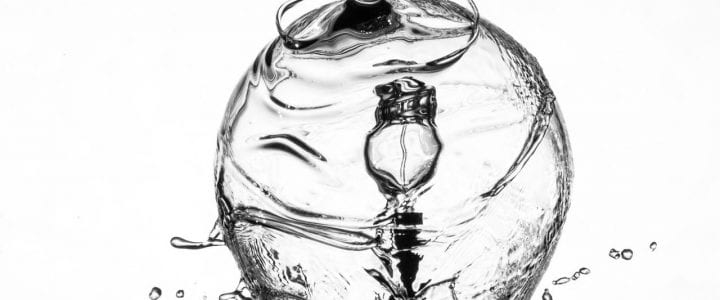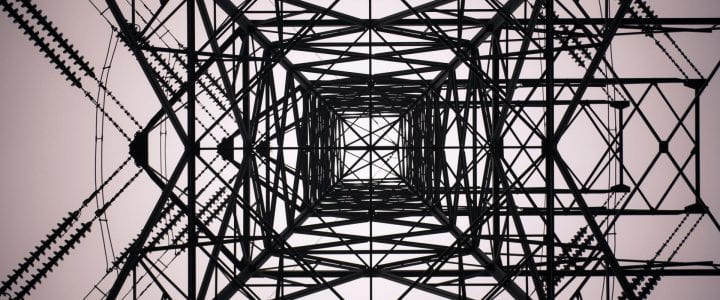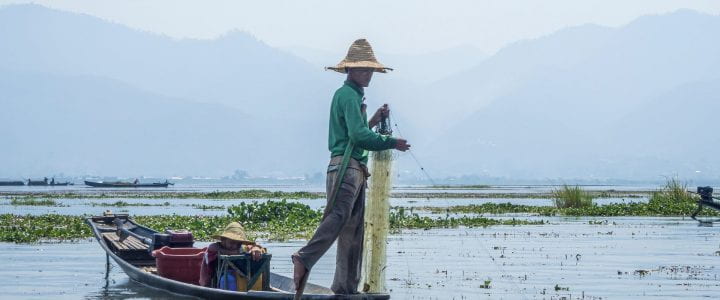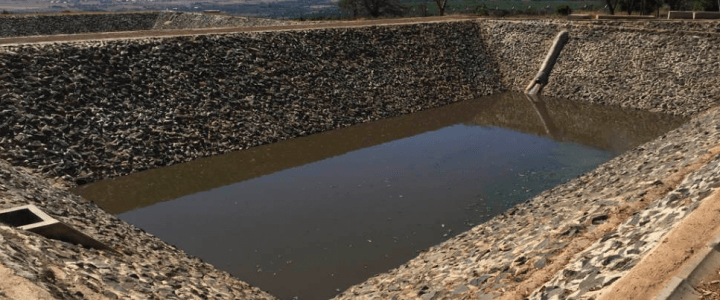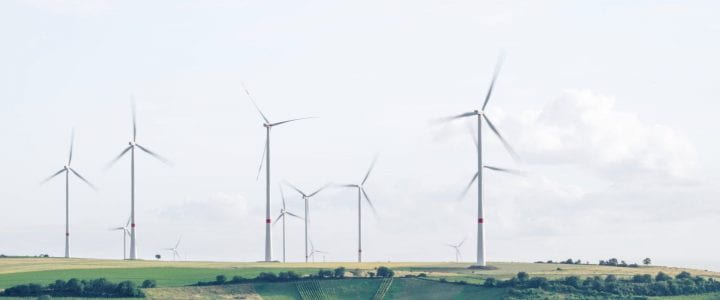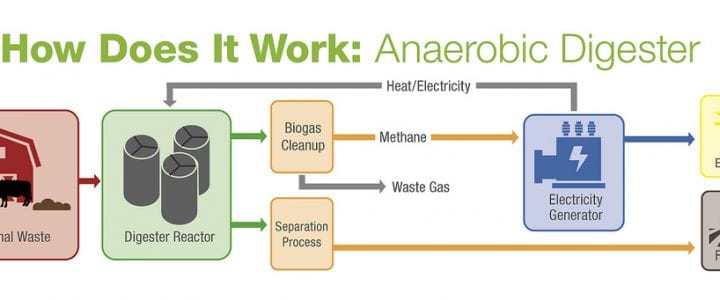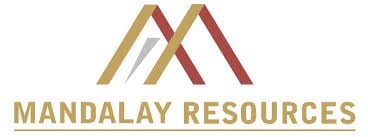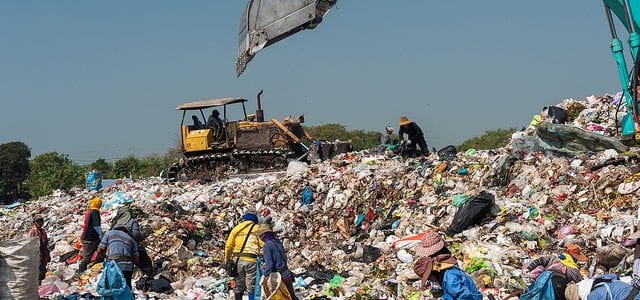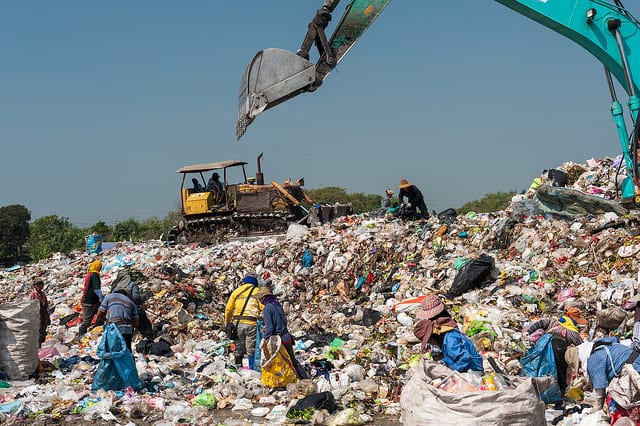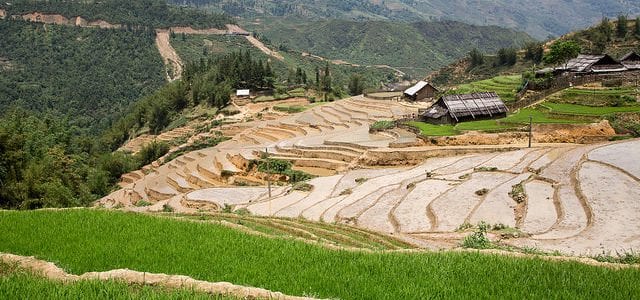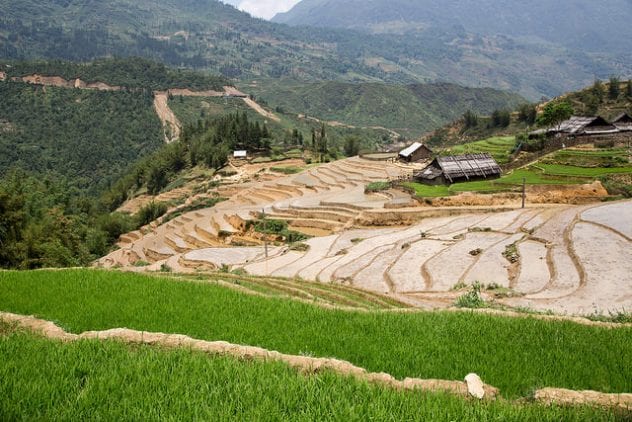Background:
Melbourne Water (MW) is a statutory authority owned by the Victorian Government, managing and protecting the city’s major water resources for the community. Melbourne Water is responsible for reliable sewerage, healthy waterways, and drainage and flood management.
Melbourne Water’s activities include the following;
- manage water supply catchments, supplying affordable and high-quality water
- treat and supply drinking and recycled water
- remove and treat most of Melbourne’s sewage, ensuring that sewerage is reliable
- manage waterways and major drainage systems in the Port Phillip and Westernport region
- provide integrated drainage and flood management services
- help to create outstanding natural community spaces.
Objective
Melbourne Water would like to assess the performance of the AGL electricity contract over the first 10 year period, forecast energy pricing and emission offset performance over the next 5+5 years, and identify and explore energy procurement strategies/options at the conclusion of the contract in 2030.
Scope
The study will include assessment of:
- Historic and forecast energy load/demand profiles;
- Historic and forecast energy generation profiles (behind-the-meter use, export, etc.);
- Historic and forecast scope-2 greenhouse gas emission profiles;
- Historic and forecast energy market demand and pricing data (spot pricing on average, high power price events and triggers, negative power price events and triggers, export pricing on average, etc.);
- The monthly savings or costs incurred to date with the long term electricity contract (in comparison with the wholesale spot market), and, future anticipated savings/costs;
- Historic and forecast commodity prices (LGC, ACCU, etc.);
- Historic and forecast performance of contracted and alternative renewable instruments against corporate obligations;
- Potential energy procurement models of the future and the impact on energy, emissions and costs.
Deliverables
- Spreadsheet model outlining historic and forecast energy, emission and financial profiles, modelled analyses and respective option comparisons;
- A summary of input variables, assumptions and outputs (based on assumptions) and sensitivities to significant variables shall be produced;
- A survey of the industry and market including possible energy and renewable commodity procurement models (PPA, spot market, virtual net metering, etc.); and
- Views on price curves (wholesale spot market behind the meter, wholesale spot market in front of meter export, LGC, ACCU, etc.).
